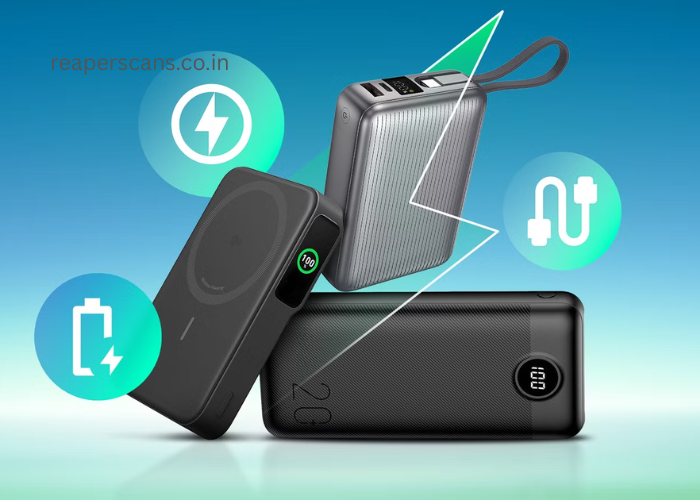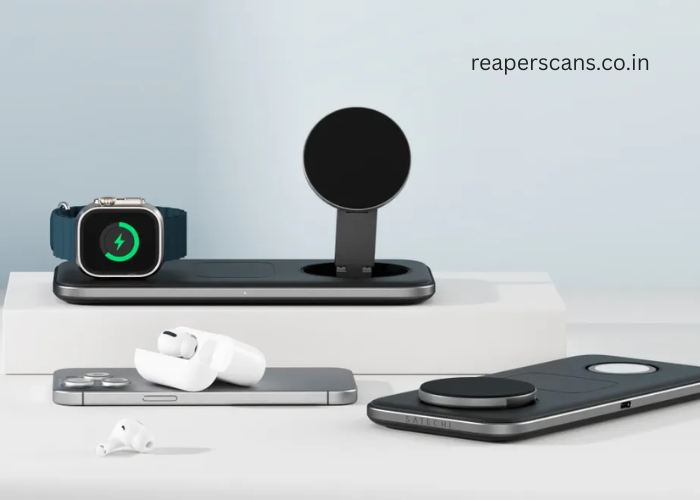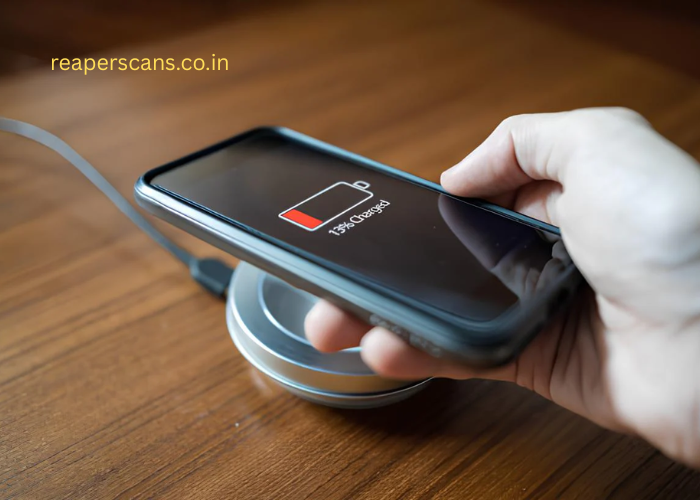Wireless power banks are transforming the way consumers charge their electronics, providing cable-free convenience on the go. However, not all wireless power banks are made equal. Before purchasing one, consumers should consider key elements affecting performance, compatibility, and safety. It’s easy to be swayed by fashionable looks or inexpensive pricing, but a subpar gadget might leave you disappointed or even harm your phone. To avoid this, knowing exactly what to look for allows you to buy a power bank that suits your demands without sacrificing quality. Here’s a step-by-step guide to ensuring you make the best purchase possible.
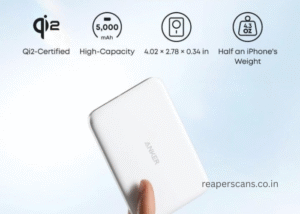
Why Should You Choose a Wireless Power Bank?
What Makes Wireless Charging Different?
Wireless charging uses electromagnetic fields to transmit energy between the power bank and your smartphone, eliminating the need for cords. This approach, known as inductive charging, requires the phone to be placed directly on the power bank’s surface. While wired charging remains quicker in many situations, wireless solutions have vastly improved, providing adequate speeds for casual users. It’s especially beneficial for those who frequently forget or misplace cords. Most modern wireless power banks adhere to the Qi standard, ensuring compatibility with popular devices. The ease of simply laying your cellphone down to charge is what makes it so enticing.
The Pros of Going Wireless
A wireless power bank provides true independence. You don’t have to carry or untangle cords anymore. It’s ideal for travel, outdoor activities, and charging while commuting. Many power banks even allow you to charge numerous devices, some wirelessly and others via USB connections. Wireless charging reduces wear and tear on your phone’s port, allowing it to last longer. It’s also safer in damp or dusty conditions because there is no exposed port. Whether you’re at a meeting or on a plane, simply place your phone on the pad and rest. Wireless power banks are attractive due to their ease, speed, and variety.
What Key Features Should You Look For?
Battery Capacity and Charging Speed
The number of times your power bank can charge your gadget is determined by its battery capacity. A 10,000mAh power bank can charge a common smartphone around twice. If you use bigger devices, such as tablets, or need to charge numerous phones, opt for 20,000mAh or more. Charging speed is also important; compare the wireless output (typically 5W to 15W) and connected output (up to 20W+). Look for fast-charging capabilities such as Quick Charge and Power Delivery. Slow charging may be inconvenient, especially when you’re on the go. Always read user evaluations for actual charging performance, not just what’s advertised on the box.
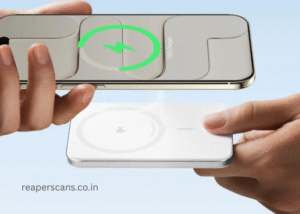
Compatibility with Your Devices
Before purchasing, ensure that the wireless power bank supports the Qi standard, which is compatible with most iPhones, Samsung phones, and other Android devices. Some power banks have magnetic alignment for MagSafe-enabled iPhones, which improves efficiency and speed. If you use a phone cover, be sure the charger can pass through it; some thick or metal cases might prevent wireless charging. Also, be sure the power bank can charge your other gadgets, such as earphones, smartwatches, and tablets. USB-C and USB-A connections provide options for wired charging, so choose a model with ports that meet your requirements. Compatibility assures that you will not be surprised later.
Design, Size, and Portability
A wireless power bank should fit your lifestyle. If you travel often, go for a slim, lightweight model that fits in your bag or pocket. Some tiny variants are intended to magnetically attach to your phone, making it easier to charge while on the go. Look for non-slip surfaces that will hold the phone in place while charging. A display that indicates the battery % is useful. Build quality is also important; use durable materials that are resistant to scratches. Consider color selections and aesthetics if style is important to you. Finally, smart design enhances your user experience every day.
What About Safety and Reliability?
Safety Certifications and Protection Features
Safety should always come first. Look for certificates such as CE, FCC, and RoHS, which indicate that the product satisfies crucial safety criteria. Overcharge protection, temperature management, short circuit protection, and foreign object identification are all important safety features. These prevent your phone and the power bank itself from overheating or becoming damaged. Wireless charging produces heat; therefore, thermal control is critical. Never buy unbranded, uncertified power banks; the danger is not worth it. Even if the specifications appear to be excellent, a lack of safety measures might result in harmful circumstances. Always look for these certificates and safeguards on the product package or in the description.
Trusted Brands and Warranty
Stick to well-known companies with a strong reputation for quality and support. Companies such as Anker frequently incorporate higher-quality components and testing. Trusted companies provide additional information about their features, certifications, and charging performance. They also provide prompt customer service if something goes wrong. Always ensure that the product comes with at least a one-year warranty. A strong warranty demonstrates the manufacturer’s confidence in their goods. Avoid knockoffs or ultra-cheap versions that lack warranties or support. Spending a little extra on a trusted brand will save you money, time, and irritation in the long run.
Real-User Reviews and After-Sales Support
Reading customer evaluations provides insights into real-world performance. Look for regular complaints or compliments regarding charging speed, battery life, or overheating. Photos and video evaluations can highlight design defects or positives. To prevent bogus reviews, focus on confirmed transactions. Check to see if the brand provides prompt after-sales service. Check out their return and replacement policies. If customers report that the brand fulfills warranties and answers problems efficiently, that’s a good indicator. A power bank that performs well in lab tests but fails in real-world use will not fulfill your requirements. Honest consumer feedback allows you to make more informed purchasing decisions.
Conclusion
Purchasing a wireless power bank entails more than just selecting the largest capacity or the most affordable choice. It’s about striking the proper balance between power, compatibility, safety, and simplicity of use. Make sure it supports your gadgets, charges quickly, and has reliable safety certifications. Do not underestimate the importance of real-user feedback and dependable customer service. A decent power bank should simplify your life rather than complicate it. By concentrating on crucial features and reputable companies, you can prevent disappointment and enjoy true wireless charging at any time and from any location. Smart decisions today result in better experiences later. Charge smarter and go unrestrained.

